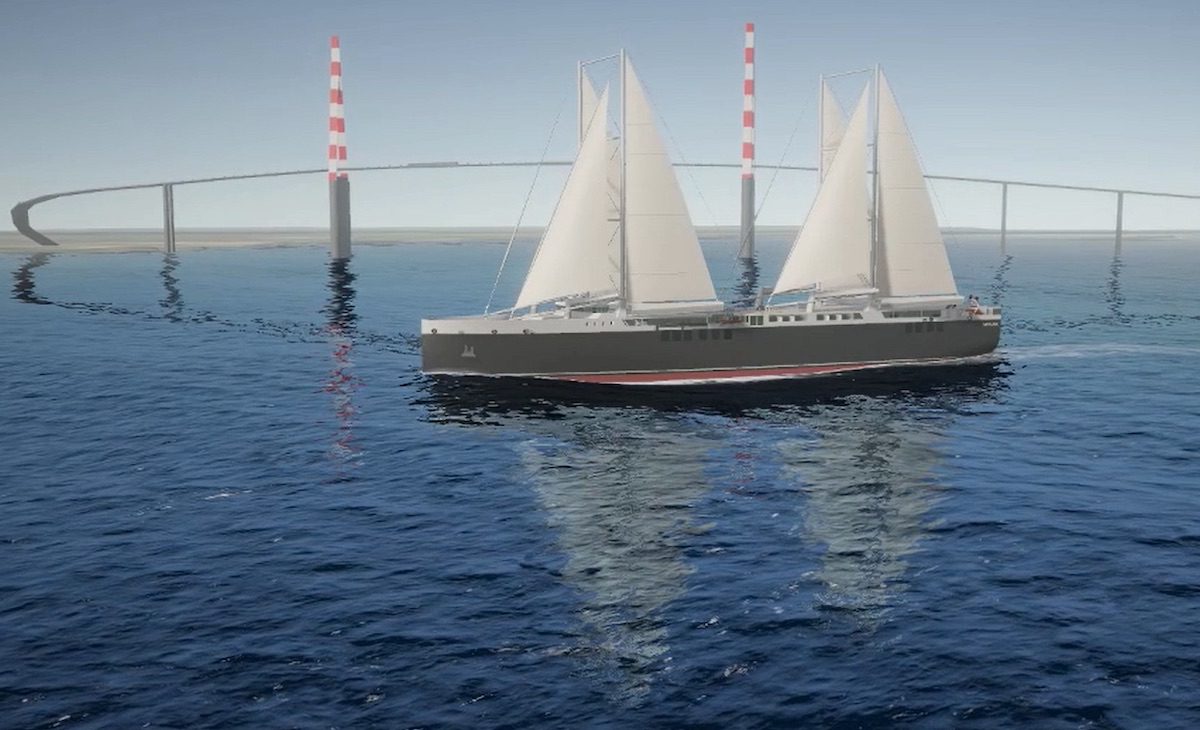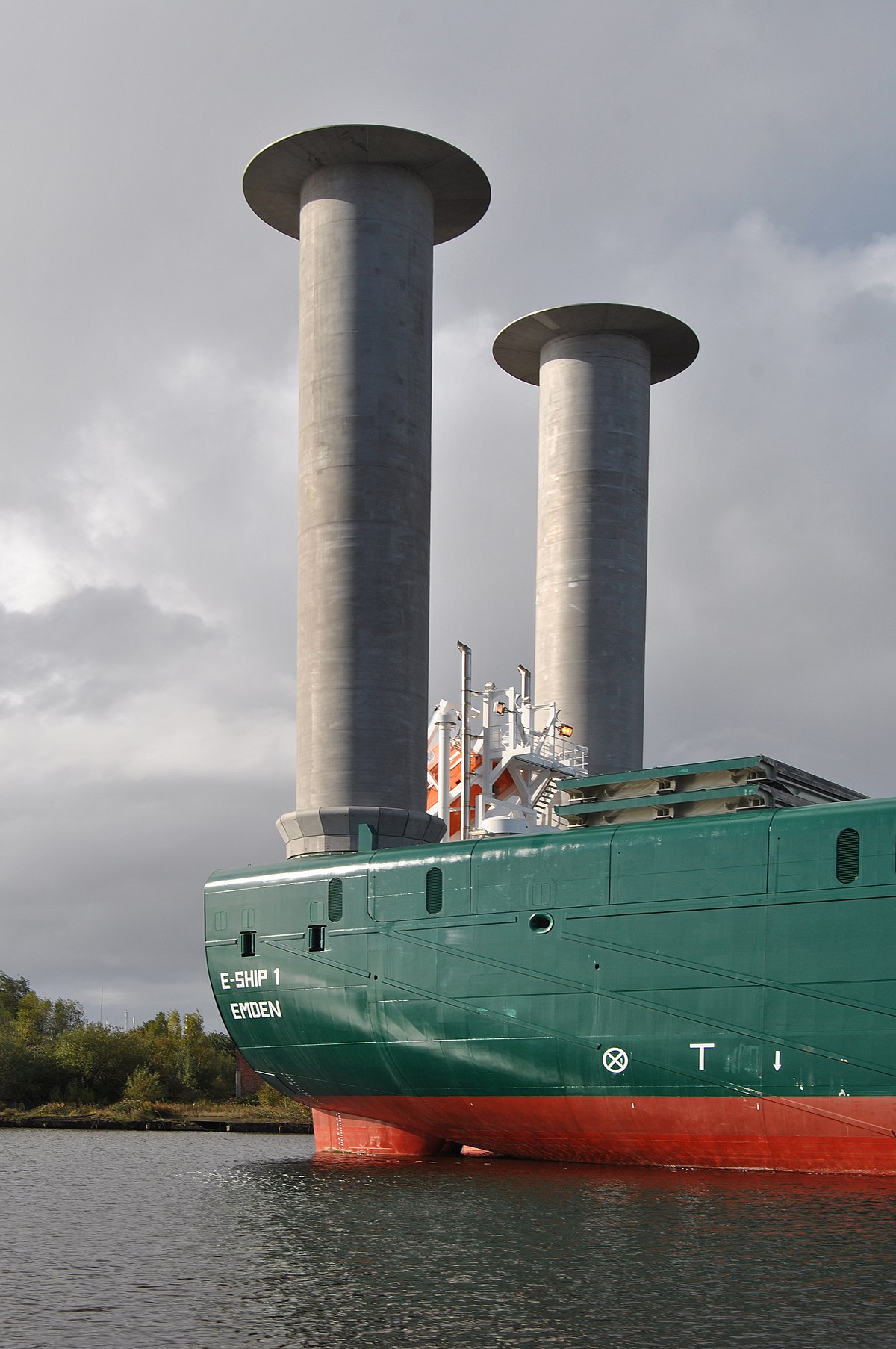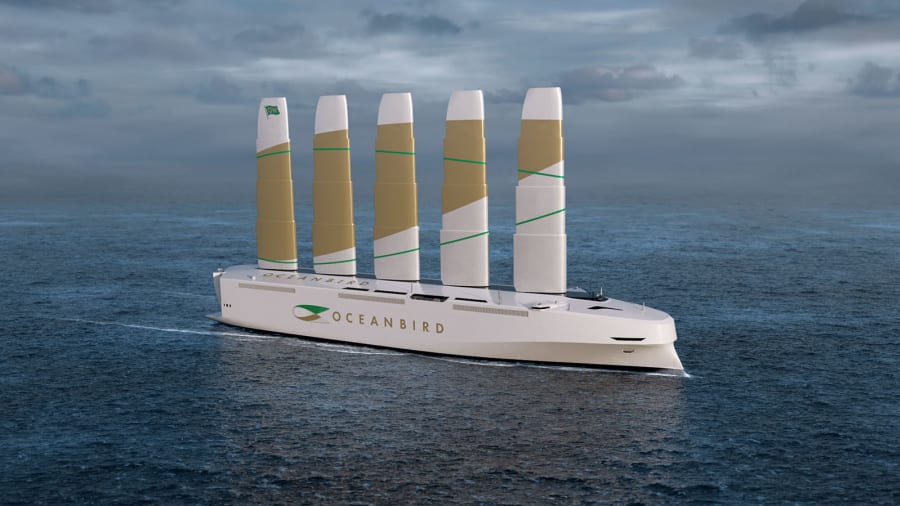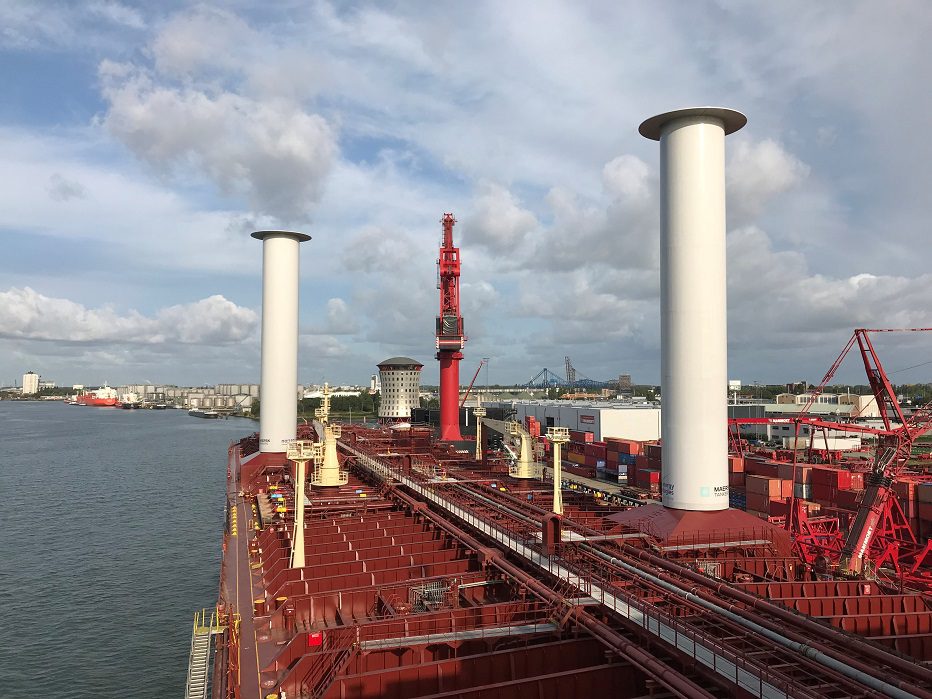- Joined
- 9 October 2009
- Messages
- 21,973
- Reaction score
- 13,629
http://www.youtube.com/watch?v=4sV8v8fvtFE

Orionblamblam said:Matej said:Fight to the death but without damaging the nature!
This isn't "anti-French," but the proper military response to such an "eco-friendly" silly little warship is a nuclear-tipped anti-ship missile. Not a big nuke, mind, but an itty-bitty one... big enough to blast the ship to flinders, but small enough to be horribly inefficient and dirty.
That, or develop a truly stealthy nuclear submarine that attacks its enemies by sneaking up underneath, using an ROV to silently entangle or otherwise disable the enemies primarly propulsion system, then lash onto the enemy with a good, stout cable... then release a few hundred tons of high-grade oil. Form a good slick around the enemy ship, then send up a magnesium flare. And then keep releasing petroleum, propare, gasoline, napalm, whatever. Burn it to the waterline with the nastiest, blackest burnables available.
Then send photos to Greenpeace and *dare* them to come and pester your Navy...
;D
Kadija_Man said:Here is an interesting point. If a ship is powered by the wind, effectively the only "noise" that eminates from it is that of the hull moving through the water. Such a ship would be a very effective ASW ship IMO.

 gcaptain.com
gcaptain.com

Neoline Selects Shipyard to Construct Modern Sail-Powered Cargo Ship
France-based Neoline has selected a shipyard to construct to construct its first two sail-powered roll-on/roll-off cargo ships to operate between France and United States as soon as 2021. Neoline announced...gcaptain.com
A *kite* powered warship?
Oy.
:
Fight to the death but without damaging the nature! Sweet...and effective. Fuel savings mean longer loiter distance/time in the warzone.
they did years ago with walker wing sails they have been in asia for years only a 10% fuel savingsWill they ever get off the drawing board?
What's your thinking?

Wind-Powered Cargo Ships
Getting a wind-powered cargo vessel off the drawing board will not be easy. Nevertheless, we feel nothing but admiration for the men and women who are tr...www.huffingtonpost.com

Designers Set Sail, Turning to Wind to Help Power Cargo Ships (Published 2012)
To reduce emissions and conserve expensive fossil fuels, cargo ship designers are turning to the oldest source of power there is: the wind.www.nytimes.com
Old-style sailing ships were ridiculously labour-intensive, so modern sailing ships will need hydraulic reefing systems, etc. We are not sure if modern auto-pilots are sophisticated to steer sailing ships across major oceans. Sail-handling has always been perceived as more of an art than a science.



With the 'potential' banning of the sale of new diesel car, vans and lorries by 2030, what is the likely story with regards to ships? I know that there is a current movement to use LNG on cruise ships and there are experiments with a fuel refined for algae and/or seaweed, what other options are there?
Also is marine diesel dirtier that regular diesel?


 gcaptain.com
gcaptain.com
This is a criminal and despotic regime. You can't force people to buy what they don't want. I don't want a Blade Runner-style future. And please, enough of this vulgar environmentalism of problematic Swedish teenagers. The only ecological cars are those stopped at the parking lots.With the 'potential' banning of the sale of new diesel car, vans and lorries by 2030, what is the likely story with regards to ships? I know that there is a current movement to use LNG on cruise ships and there are experiments with a fuel refined for algae and/or seaweed, what other options are there?
Also is marine diesel dirtier that regular diesel?
You're assuming something I never said. I'm not opposed to nuclear power in principle, but I'm pragmatic enough to see that the world isn't headed to a future where a large percentage of power is produced by nuclear plants.Hobbes: Why use utterly unenvironmental solar/wind power (especially wind power plants occupy huge amounts of land and pose significant danger to birds and are ugly eye-pollution) to produce low-carbon fuels when much more sensible option, nuclear power exists? I know nothing more perverse than climate alarmists who oppose nuclear power. They should be hunted to extinction.
You may end up being surprised.I'm not opposed to nuclear power in principle, but I'm pragmatic enough to see that the world isn't headed to a future where a large percentage of power is produced by nuclear plants.
